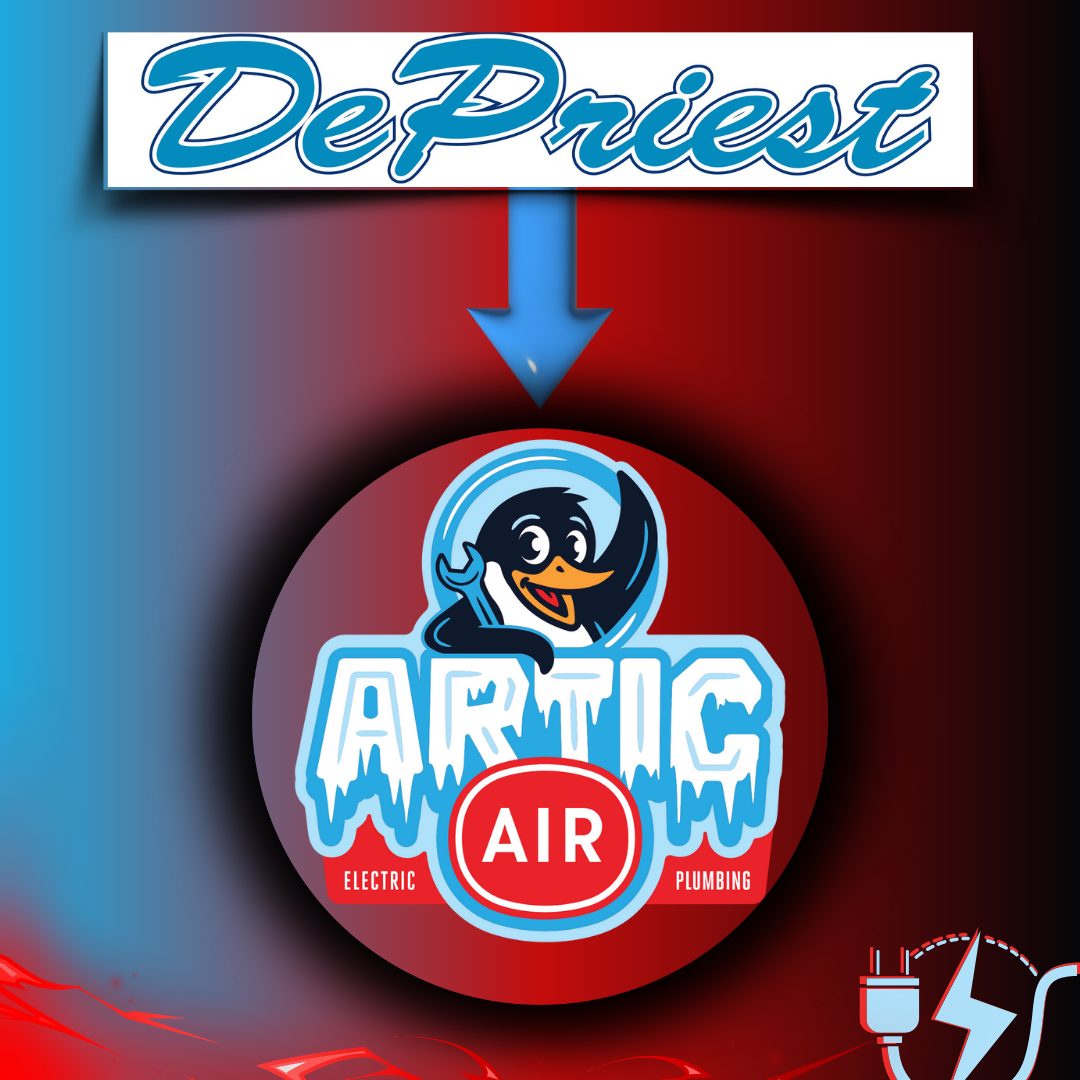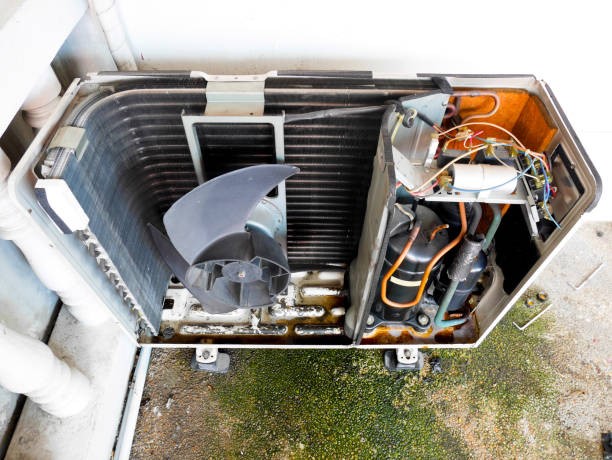Replacing your HVAC unit is a major decision that can greatly enhance your home’s comfort, energy efficiency, and indoor air quality. Whether your current system is outdated or no longer functioning efficiently, knowing what to expect during the replacement process can help you prepare and ensure everything goes smoothly. In this guide, we’ll walk you through the steps involved in replacing your HVAC unit, from initial assessment to final installation.
1. Initial Assessment and Consultation
Professional Evaluation:
The first step in replacing your HVAC unit is to schedule an assessment with a professional HVAC contractor. They will evaluate your current system, assess your home’s heating and cooling needs, and recommend the best options for your specific situation.
Load Calculation:
A thorough load calculation will be performed to determine the correct size and capacity of the new HVAC unit. This ensures optimal performance and efficiency, preventing issues like inadequate heating/cooling or excessive energy consumption.
2. Choosing the Right HVAC System
Types of Systems:
You’ll have various HVAC systems to choose from, including central air conditioning, heat pumps, ductless mini-splits, and more. Your HVAC contractor will help you understand the benefits and drawbacks of each type, guiding you towards the best choice for your home.
Efficiency Ratings:
Consider the efficiency ratings of different units. Look for systems with high SEER (Seasonal Energy Efficiency Ratio) and HSPF (Heating Seasonal Performance Factor) ratings for better energy efficiency and cost savings over time.
3. Preparing for Installation
Scheduling:
Once you’ve selected your new HVAC unit, schedule the installation at a convenient time. Coordinate with your HVAC contractor to ensure minimal disruption to your daily routine.
Clearing the Area:
Prepare the installation site by clearing any obstructions around your existing HVAC unit. This includes moving furniture, trimming vegetation, and ensuring easy access for the installation team.
4. The Installation Process
Removal of Old Unit:
The installation team will start by safely disconnecting and removing your old HVAC unit. This involves handling refrigerants, electrical components, and ductwork carefully to prevent damage and ensure proper disposal.
Installing the New Unit:
Next, the new HVAC unit will be installed. This includes setting up the indoor and outdoor components, connecting refrigerant lines, and ensuring all electrical and ductwork connections are secure.
Testing and Calibration:
After installation, the system will be thoroughly tested and calibrated to ensure it operates correctly. This includes checking refrigerant levels, airflow, thermostat settings, and overall system performance.
5. Final Steps and Maintenance
Homeowner Education:
The HVAC contractor will provide you with essential information on operating and maintaining your new HVAC unit. This includes how to use the thermostat, change air filters, and schedule regular maintenance.
Maintenance Plan:
Consider enrolling in a maintenance plan to keep your new HVAC system in top condition. Regular maintenance can extend the life of your unit, improve efficiency, and prevent unexpected breakdowns.
Replacing your HVAC unit is a significant investment that can improve your home’s comfort and efficiency. By understanding what to expect during the process, you can prepare adequately and ensure a smooth, hassle-free experience. Trust professional HVAC services for your replacement needs, from initial consultation to final installation and ongoing maintenance.


